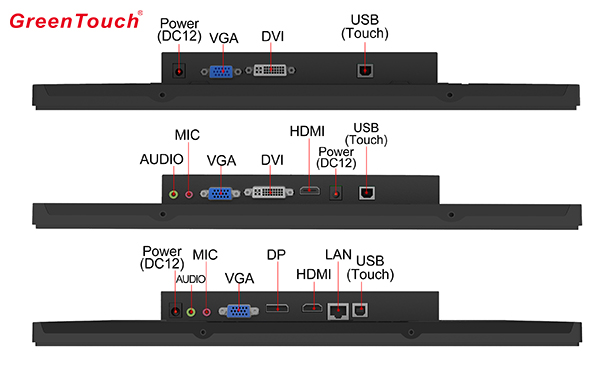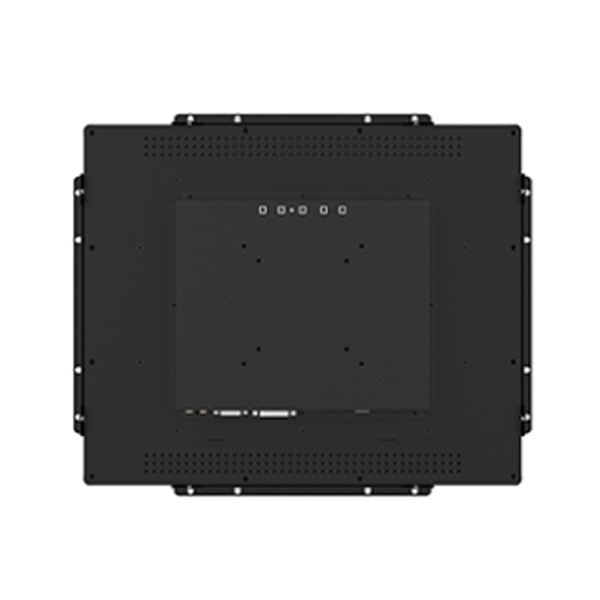Domestic 4G chips are expected to be lost: they are handed over to Qualcomm
With the development of 4G, the competition among all parties in the industry chain has become increasingly fierce. Among them, the chip market that determines the performance of terminals is the focus of competition. According to media reports, although China Mobile no longer requires its TD-LTE mobile phone to be a 5-mode single-chip, many domestic chip makers said that they still cannot provide a 5-mode 10-band chip in a short period of time, which means that the future 4G chip In the market, domestic manufacturers can only give it to foreign manufacturers Qualcomm. Domestic 4G chips are expected to be lost The issuance of 4G licenses has ushered in a new round of development opportunities for all parties in the industry chain. Especially in the context of China's vigorous promotion of information consumption strategy, this opportunity has been infinitely magnified as an important part of the industrial chain. Domestic chip makers are naturally full of expectations. However, this expectation did not last long and it was directly converted into loss. In mid-March, China Mobile released the "White Paper for China Mobile Customized Terminal Products", which put forward new requirements for 4G terminals. Among them, the most conspicuous is that since May 31, China Mobile will test 4G custom mobile phones will all support the five models. When the news came out, it immediately caused an uproar, and domestic chip makers complained a lot. Perhaps it is pressure from outside controversy. Soon after, China Mobile has adjusted the terminal requirements. As mentioned in the beginning of the article, it no longer requires its TD-LTE mobile phone to be a 5-mode single-chip, to give domestic manufacturers a certain Buffer period. As we all know, the technology research and development of domestic manufacturers are mostly concentrated in the three models. At the same time, the improvement of technology requires not only the investment of capital and manpower, but also the time. It is only the previous five-mode requirements, or later no longer insist on the 5-mode single-chip, domestic manufacturers are still not very effective in the buffer period. They can't catch up with foreign chip giants in a short period of time. They can only choose to buy foreign technology, or delay the launch of terminals, or give up the market. This means that domestic chip makers have lost one shot in the market battle. First opportunity. In stark contrast, foreign chip giant Qualcomm has firmly occupied the strategic high ground of the market. Analysis shows that due to the lack of core technology of domestic chip manufacturers, foreign manufacturers occupy the right to speak in the Chinese chip market. Statistics show that China's mobile phones use less than 20% of independent research and development chips, and 4G chips are basically imported. Domestic chip manufacturers are subject to core technology Judging from the trend of China's 4G industry development, although only one 4G license has been issued, the integration of networking has become a general trend, which requires supporting multi-mode to become the standard for terminals and chips. Market data is also supported. The TDD Industry and Market Development Newsletter (2014Q1) released by the Research Department of TD Industry Alliance shows that in the first quarter of this year, TD-SCDMA chip shipments reached 46 million, and the proportion of single core dropped from 25% in the previous quarter to 15. %, quad-core ratio increased to 25%, multi-core has become the absolute mainstream of the market. Returning to the requirements of China Mobile's five-mode terminal, domestic chip manufacturers have no corresponding preparation and technical reserves, which leads to the inability to meet the operator's requirements in a hurry. This is only a surface cause, but at a deep level, it is derived from domestic chips. Manufacturers have long lacked core technology, resulting in low product profits, companies can not make enough investment in technology, which in turn affects the improvement of technical strength, and finally fell into a vicious circle. Looking back on the history of China's communications industry, the development of China's "core" can be described as bumpy and tortuous. Affected by various factors, China's chip industry has long been subject to foreign manufacturers. Although China has a huge market, because the technical standards are subject to the European standard GSM and the US standard CDMA, the patent fees paid are tens of billions. This is a profound lesson in both the 2G and 3G eras. From the current smart phone market, although the share of domestic brands has been more than 50%, the high-end market is firmly occupied by foreign manufacturers such as Apple and Samsung. At the same time, in the key components or technologies of smart phones, Most of them, such as operating systems and chips, are derived from foreign manufacturers. The key technologies and core components are subject to people, which is the key reason why the high-end mobile phone market rarely sees domestic brands. Strengthening innovation and policy support From the perspective of the national level, the chip industry is concerned with national information security. As early as June 2000, the State Council promulgated the "Several Policies to Encourage the Development of the Software Industry and the Integrated Circuit Industry"; the Third Plenary Session of the 18th CPC Central Committee has confirmed that it will introduce policies to support the integrated circuit chip industry; the Ministry of Industry and Information Technology also indicated that it will increase its TD- LTE multi-mode chips and other research and development support that restricts bottlenecks in industrial development, and enhance the market competitiveness of domestic chips. At the same time, the latest research report shows that the global smartphone application processor market revenue will reach 30 billion US dollars in 2018, and the compound annual growth rate will be 10.8% in 2013-2018. Undoubtedly, no matter from which angle, domestic chip manufacturers can not only be absent in the chip market, but also need to occupy the commanding heights in this field. 2014 is China's 4G first year. Domestic chip manufacturers have suffered a "one shot at the head". It is indeed quite depressing, but if you give up the opportunity of "overtaking the curve", the development of China's 4G industry and even the domestic chip industry will be Cause huge losses. On the one hand, if domestic chip manufacturers really want to seize the opportunity, they still need to practice "internal strength". They must deeply study the research of 4G networks, applications and user needs, and strive to improve the carrying capacity and operation level of chips and increase innovation. In order to win the battle, it is possible to achieve the "reverse attack", which is the top priority. On the other hand, it is clear that there are many difficulties for domestic manufacturers to compete with foreign giants in a short period of time. Under the background that information technology is increasingly becoming an important driving force for the overall development of the country's economy, society and people's livelihood, the chip industry is related to national security. Therefore, the government needs to further introduce policies to support and protect the Chinese chip industry and promote the rapid development of the chip industry. Helping them improve their core competencies and change the situation that is subject to people.
The open frame touchscreen monitor is a product developed and designed by ourselves. It has been sold for more than 6 years and has exceeded 160,000 units. At present, it is running very well. It mainly customizes different touch technologies, different sizes, different interfaces, connecting cables and power supply parts to meet the needs of guests. Our open frame capacitive touchscreen monitor used of PCAP 10 points touch technology, and customize various interfaces for customers, such as: VGA, DVI, HDMI, DP and so on. It is mainly used in banks, hospitals, government units, airports, railway stations, supermarkets, real estate and other places.
Open frame Touchscreen monitor(2C series) Product developed by GreenTouch
Pruduct Show:
Open Frame For Capacitive Touch Monitor Open Frame Capacitive Touch Monitor,PCAP Touch Screen Monitor,IP65 Touch Monitor,Portable Touch Screen Monitor,Projected Capacitive Touch Screen Monitor,Touch Screen Display Monitor ShenZhen GreenTouch Technology Co.,Ltd , https://www.bbstouch.com
Size support: 15inch~ 55inches,
Touch technology: Capacitive Touch Screen technology, supports 10-point touch.
Surface support: explosion-proof IK08, dustproof and waterproof IP65.
Standard VESA: 75mm * 75mm and 100mm * 100mm
Input interface: VGA. DVI.HDMI, DP.Mic.Audio out and other combinations.
Input power: DC12V / 4A or AC80-240V,
Product certificate: support CE, FCC, CB, UL ,HDMI certification optionsS





